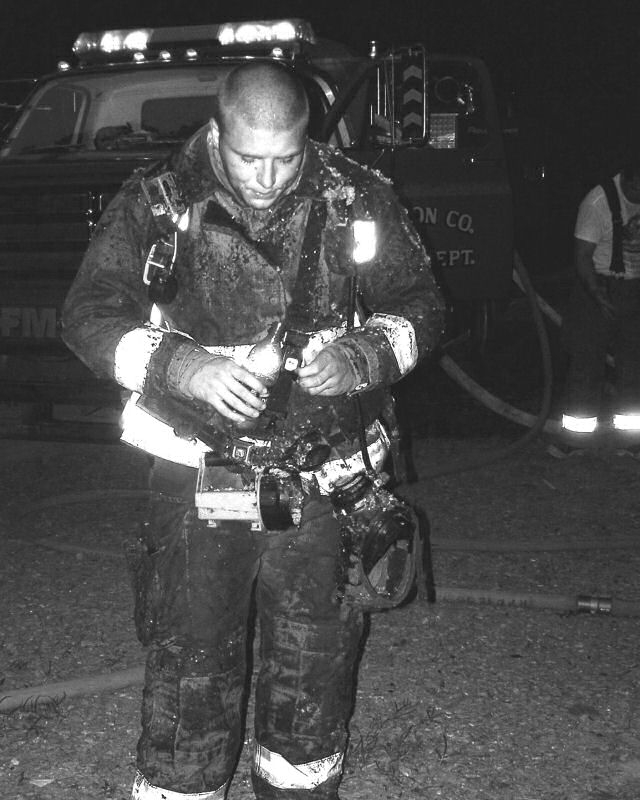By: Jim Cline and Kate Kremer
 This article is the first in a series summarizing recent Interest Arbitration decisions that have occurred over the past year. The series itself focuses on the extent to which arbitrators are, or are not, providing more expansive awards in the post-Great Recession era. A summary of the Economic Elements of Arbitration Awards from 2008 to the current time is posted and available on our premium website.
This article is the first in a series summarizing recent Interest Arbitration decisions that have occurred over the past year. The series itself focuses on the extent to which arbitrators are, or are not, providing more expansive awards in the post-Great Recession era. A summary of the Economic Elements of Arbitration Awards from 2008 to the current time is posted and available on our premium website.
This first article summarizes the decision by Arbitrator Michael Beck in his June 2013 Interest Arbitration award for the Lynnwood Firefighters. The award address: wages, hours of work, sick leave cash out, and vacation cash out.
Comparables. The City argued for 11 jurisdictions: Bothell,Lake Stevens(SnohomishFD No. 8),Longview, MapleValley(King FD No. 43), Mount Vernon, Mukilteo, Northshore(King FD No. 16),Olympia,SeaTac, Snohomish (Snohomish FD No. 4), and Tukwila. The City proposed these jurisdictions based upon Cities along the “I-5 Corridor” and within +50/-50 on population and Assessed Valuation. The Union proposed 8 jurisdictions: SnohomishCountyFD No.1, Redmond, Kirkland, MercerIsland,Bothell, Renton,Shoreline, and Tukwila. The Union argued for a range of 50% below/200% above using the “King-Snohomish Labor Market.”
Arbitrator Beck selected 8 comparables: Redmond, Mercer Island, Bothell, Renton, Shoreline, Tukwila, Northshore (King FD No. 43), and SeaTac. He agreed with the Union’s “King-Snohomish County Labor Market” argument over the City’s “I-5 Corridor” argument, and rejected as comparables: Longview, Mount Vernon, and Olympia. He also rejected 3 “rural” King and Snohomish County comparables: Lake Stevens (Snohomish FD No. 8),MapleValley(King FD No. 43) and Snohomish (Snohomish FD No. 4). All of these were within the City’s proposed +50/-50 band on population, but not as to Assessed Valuation, with several higher than 50% above Lynnwood’s AV.
Wages. Arbitrator Beck rejected the City’s proposal for a wage freeze. He noted that the Firefighters were last among the comparables and were, in fact, 9.2% behind. Assessing all the factors, he adopted a Union proposal for 3% and rejected the City’s argument that other bargaining units and non-represented employees had faced a wage freeze, as well. Arbitrator Beck noted that the Police Officers had received substantial wage increases from 2006 to the current time, while the Firefighters had their wages frozen in 2011.
He rejected the City’s “Inability to Pay” argument and noted that the City had laid-off employees, frozen positions, and cut the budget substantially. However, he also noted that the City had transferred monies that could have been made available for wage increases into a “Revenue Stabilization Fund”.
Work Schedule. One of the primary issues was a Union proposal to move from a three-platoon system to a four-platoon system. The parties had attempted this on a trial basis, but the City reverted at the end of the trial. In the meantime, the parties had agreed that the terms of the contract would run from 2011 through 2012. However, by the time the arbitration process was complete, the parties were well into 2013. Arbitrator Beck avoided the merits of this issue, noting that the period of time covering the issue had already lapsed.
Vacation and Sick Leave Cashout. The issue was whether the payouts would occur at the Firefighter’s “straight time” rate or “current base hourly” rate. The Union argued that all the pays and premiums applicable should be considered in calculating the cashout rate and sought to retain the “straight time” language in the contract. The City wanted to cashout using only the “base wage.” Arbitrator Beck did not discuss the comparables, though he did discuss the past practice and bargaining history. He then adopted the City’s proposal.
The record is unclear as to why the Union only proposed 3.0%, if their wages were 9.2% behind the market. Likely, under the fiscal constraints, they might not have achieved much more than the 3% they asked for, but given that CPI was 3.7% for June 2011, it seems as if some gain above the 3% level could have been achievable, especially since wages had been frozen the year before. The City’s fiscal arguments might have carried more clout had the City not sufficiently rebounded in its revenues to transfer monies into an additional reserve fund. The City’s “Internal Equity” argument citing to the wage-freeze for some groups was unpersuasive given the fact that the Police Union had achieved wage-gains during the time in question.
The situation the Union found itself in reflects a problem that occurs when a union agrees to a wage-freeze one year, but without a commitment by the employer for increases in the subsequent years. Here, after accepting a wage-freeze, the Union was then required to arbitrate to get something less than full CPI.
The rationale and result on the cashout issue are surprising. Cashout at the employee’s regular rate seems the norm, but the arbitration award does not discuss comparability evidence, so it is unclear whether such evidence was presented.



